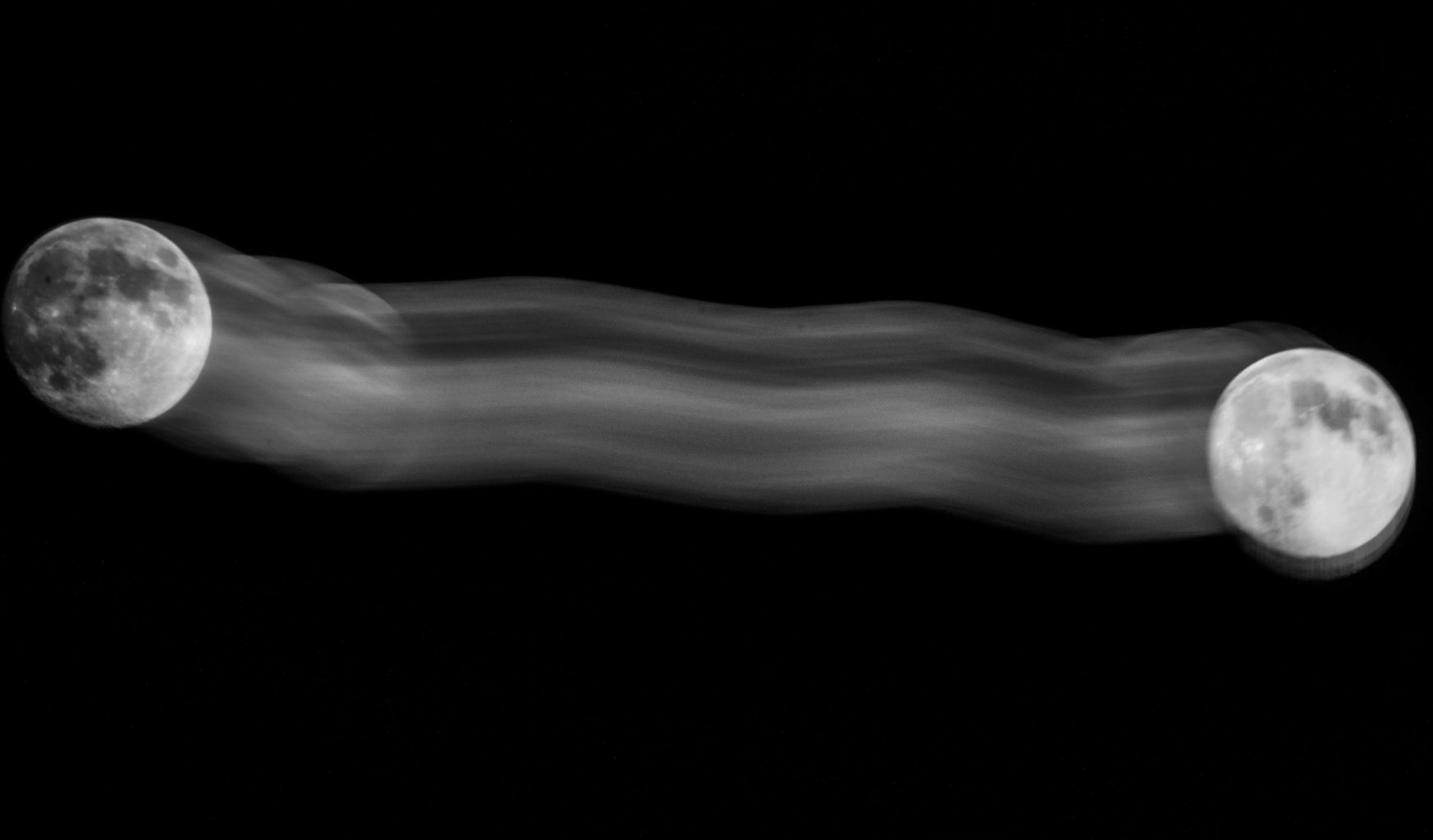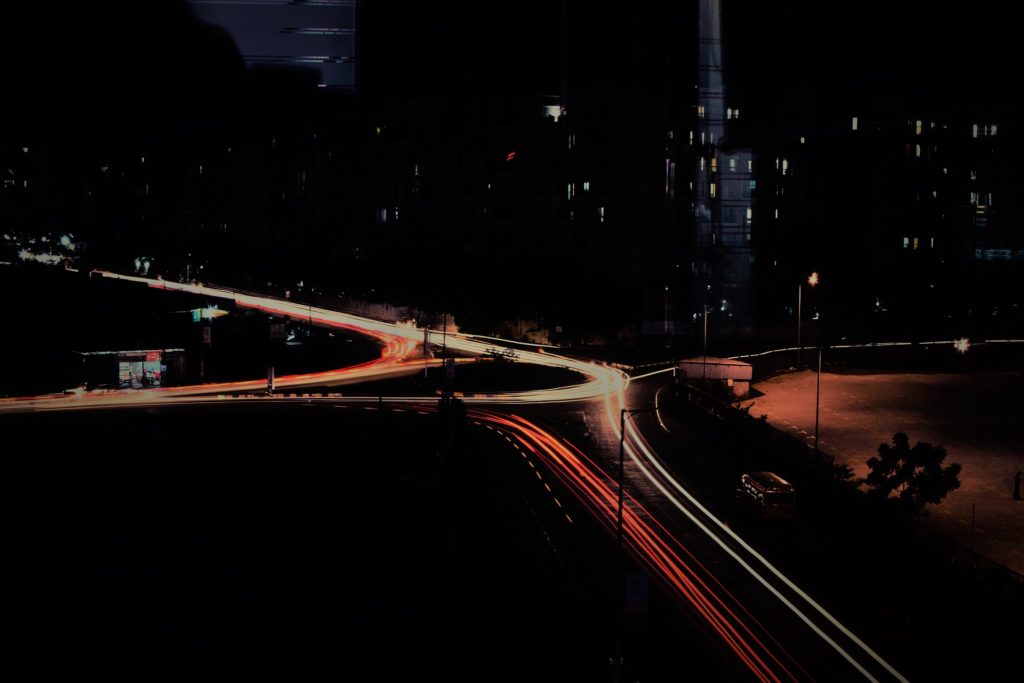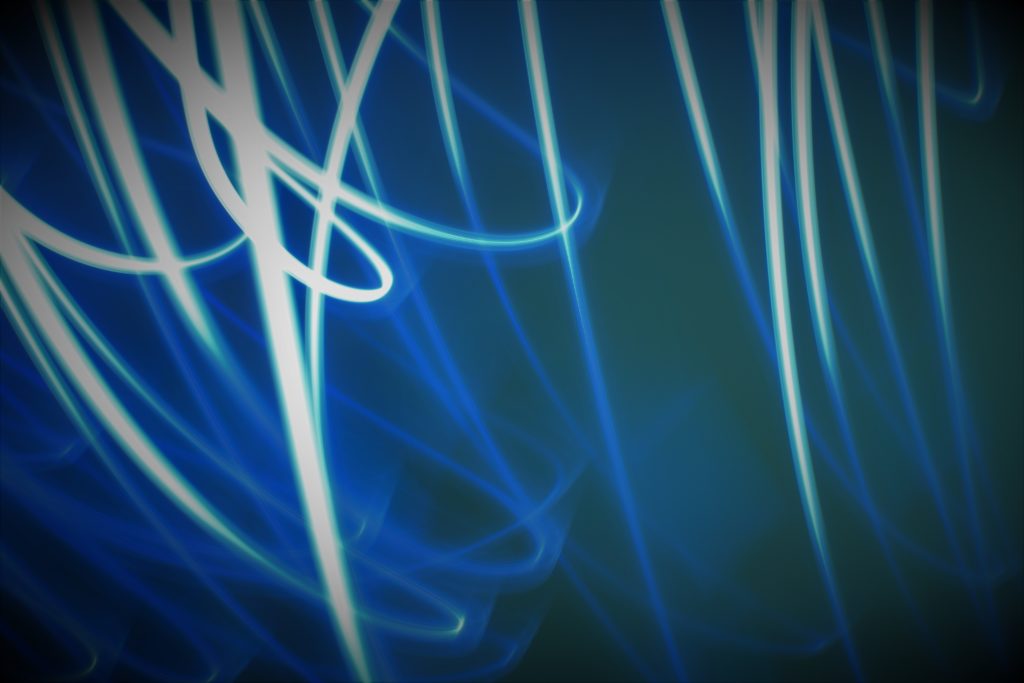Long Exposure Photography For Beginners

This type of photography can be called as slow shutter or a time exposure photography because camera shutter is open for rather longer period of time than usual. One can use a slow shutter in a different way, like to blur the moving object, creating a light trails, water waves smoothened or even capturing star trails in sky. You can experiment with different things with slow shutter and you will get some amazing results.
There is no specific rule that how slow shutter should be. It generally depends on what you are actually shooting and what type of result you want.
For example, to photograph star trails in sky you have to keep shutter open for longer period of time because Earth takes time to move which will create the trails of star. On the other hand if you want to shoot simple traffic light trails then you will need a faster shutter speed than what we used for start trails.
Here We will discuss tools and few tips required to shoot Long Exposure photography:
Moving Subject
For a long exposure photography there must be a moving object in the scene along with one or more stationary object. In this photography we capture the stationary object sharply while blurring the moving elements in the scene. This is quite different from conventional photography where we capture images with shortest possible shutter speed to get everything super sharp.
The most common examples of long exposure photography are moving clouds, waterfall or light trails of cars draws bright lines. Few other examples can be Oceana waves, star trails, people moving on traffic signal etc.

Tripod
For long exposure photography you will have to use slow shutter to capture the motion of moving object from one place to other. Because of this reason long exposure photography requires slow shutter speed where camera shutter is completely open for entire duration of capture. To avoid any camera shake we have to use good tripod to hold the heaviest of lenses you are using without getting affected from the wind or any other vibration thorough external system.
Manual Focus
Compose the scene for long exposure photography and use the camera’s autofocus system to make sure everything is in focus or you can also lock the desired focus point if you want to focus on any specific subject. Now turn off the camera, and switch the autofocus to “M” mode. This “M” is manual focus, this will ensure that lens will not try to re-focus on subject again which can show unpredictable results.
Bulb Mode/Remote Shutter:
Normally camera allows at the max 30 sec exposure, means you can keep shutter open for 30 sec maximum. After this point camera shows bulb mode. Bulb Mode means the camera will keep taking a picture until your finger comes off the shutter button. Bulb mode is mostly used for longer exposure photography in night time. This gives photographer a flexibility to achieve shutter speed longer than 30sec. When you opt for bulb mode then obviously you need something to press shutter, it can be wired and wireless as well. That little tool we call it as Remote shutter.
Remote shutter is not essential tool for long exposure photography but it does make the process easier and quite simple too. Suppose while shooting light trails you have kept your camera on 30sec exposure, now there are chances that when you press shutter button, tripod or camera can shake and resulting image would be blurry or not as sharp as you want it. To avoid any kind of shake, you can use remote shutter release which can be used to press the shutter button remotely.
Conclusion
The long exposure photography is often experimental and require one or more moving subejct along with at least one still subject to shoot which creates contrasting image and often portray as if everything is moving with fast pace.
To get taste of long exposure, you can experiment these setting at home, like below image. This will give you a fair idea how you have to play around settings in different circumstances.

Though this photography is not as easy because first it can not be done only with a camera and second the exposure of image depends on many scenarios like dark clouds, sunny and clear sky or a night time. Since shutter speed plays a vital role here so you have to experiment with multiple settings to get the perfect exposure.
Like this post ? Don’t forget to share it !
Keep Clicking | Keep Sharing 🙂
great post